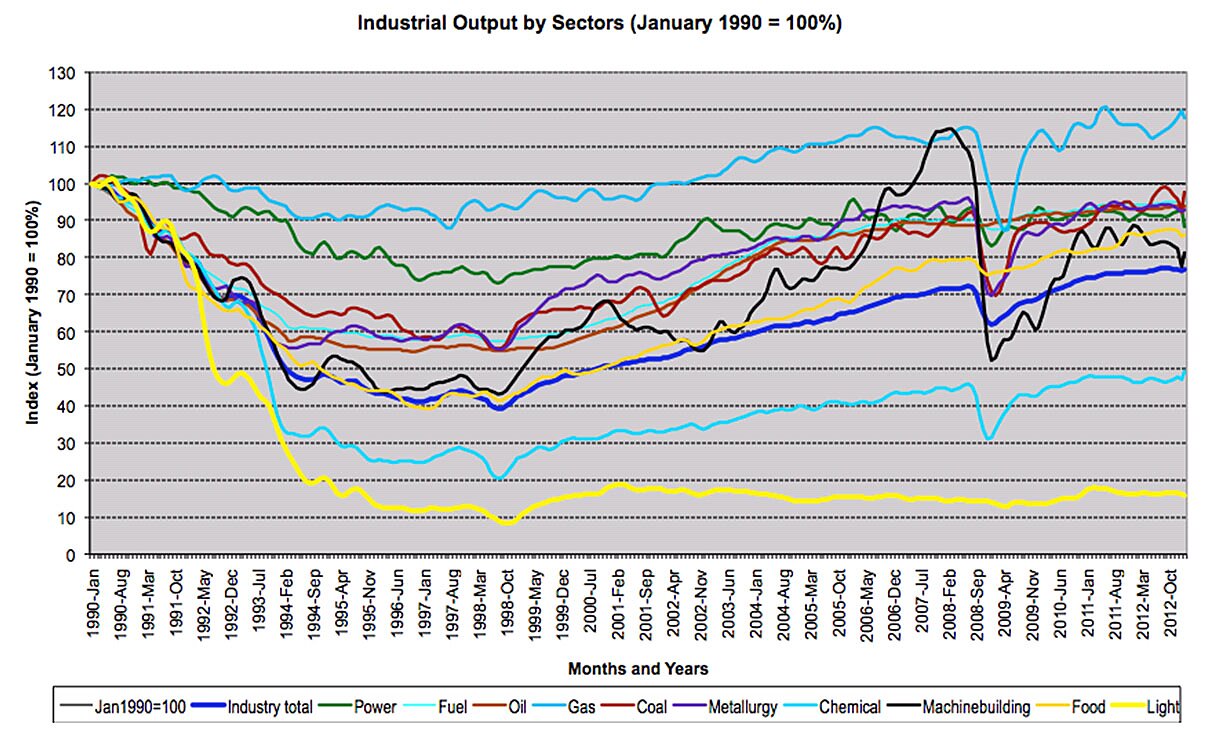Today, the nation’s top health economists released a study that throws a huge “STOP” sign in front of ObamaCare’s Medicaid expansion.
The Oregon Health Insurance Experiment, or OHIE, may be the most important study ever conducted on health insurance. Oregon officials randomly assigned thousands of low-income Medicaid applicants — basically, the most vulnerable portion of the group that would receive coverage under ObamaCare’s Medicaid expansion — either to receive Medicaid coverage, or nothing. Health economists then compared the people who got Medicaid to the people who didn’t. The OHIE is the only randomized, controlled study ever conducted on the effects of having health insurance versus no health insurance. Randomized, controlled studies are the gold standard of such research.
Consistent with lackluster results from the first year, the OHIE’s second-year results found no evidence that Medicaid improves the physical health of enrollees. There were some modest improvements in depression and financial strain–but it is likely those gains could be achieved at a much lower cost than through an extremely expensive program like Medicaid. Here are the study’s results and conclusions:
We found no significant effect of Medicaid coverage on the prevalence or diagnosis of hypertension or high cholesterol levels or on the use of medication for these conditions. Medicaid coverage significantly increased the probability of a diagnosis of diabetes and the use of diabetes medication, but we observed no significant effect on average glycated hemoglobin levels or on the percentage of participants with levels of 6.5% or higher. Medicaid coverage decreased the probability of a positive screening for depression [by 30 percent], increased the use of many preventive services, and nearly eliminated catastrophic out-of-pocket medical expenditures…
This randomized, controlled study showed that Medicaid coverage generated no significant improvements in measured physical health outcomes in the first 2 years, but it did increase use of health care services, raise rates of diabetes detection and management, lower rates of depression, and reduce financial strain.
As one of the study’s authors explained to me, it did not find any effect on mortality because the sample size is too small. Mortality rates among the targeted population – able-bodied adults 19–64 below 100 percent of poverty who aren’t already eligible for government health insurance programs – are already very low. So even if expanding Medicaid reduces mortality among this group, and there is ample room for doubt, the effect would be so small that this study would be unable to detect it. That too is reason not to implement the Medicaid expansion. This is not a population that is going to start dying in droves if states decline to participate.
There is no way to spin these results as anything but a rebuke to those who are pushing states to expand Medicaid. The Obama administration has been trying to convince states to throw more than a trillion additional taxpayer dollars at Medicaid by participating in the expansion, when the best-designed research available cannot find any evidence that it improves the physical health of enrollees. The OHIE even studied the most vulnerable part of the Medicaid-expansion population — those below 100 percent of the federal poverty level — yet still found no improvements in physical health.
If Medicaid partisans are still determined to do something, the only responsible route is to launch similar experiments in other states, with an even larger sample size, to determine if there is anything the OHIE might have missed. Or they could design smaller, lower-cost, more targeted efforts to reduce depression and financial strain among the poor. (I propose deregulating health care.) This study shows there is absolutely no warrant to expand Medicaid at all.

